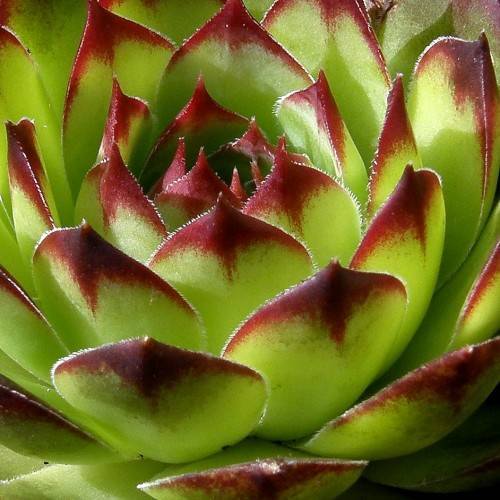
hens and chicks
Sempervivum 'Black'
Cycle:
Herbaceous Perennial
Watering:
Minimum
Hardiness Zone:
4 - 9
Flowers:
Flowers
Sun:
Full sun
Growth Rate:
Low
Maintenance:
Low
Salt Tolerant:
Yes
Care Level:
Low
watering
Hens and chicks (Sempervivum 'Black') should be watered thoroughly and deeply, with 1-2 inches of water every 7-10 days. This drought-tolerant species likes soil that is slightly moist but not wet, and will stop producing new rosettes if its soil is overly wet. During warmer months, it's important to monitor the soil and water when the top couple of inches are dry. During cooler months, reduce watering to approximately once a month and only when the soil feels dry.
sunlight
Hens and chicks (Sempervivum 'Black') are undemanding and hardy succulents that thrive in sunny, well-drained spots in the garden. They need at least 4 to 6 hours of direct sunlight every day for optimal growth, with a preference for 8 to 10 hours of daily sun. The sun requirement can vary somewhat in accordance with the region's climate and other environmental factors. This species is drought resistant and able to take a certain amount of shade, but it will not flower or produce offsets if it does not receive adequate sunlight.
pruning
The best time to prune Hens and Chicks (Sempervivum 'Black') is in the fall when the new rosette of leaves appears at the center of the plant. Pruning should be done sparingly and when necessary, such as to remove dead or damaged foliage or to shape the plant. To do this, use a pair of sharp scissors or garden shears to snip off the offsets and trim back any excess foliage. Pruning should not be done to aggressively as this could damage the root system and cause stress to the plant. Prune cautiously, removing only the necessary foliage and shaping the plant as desired.
